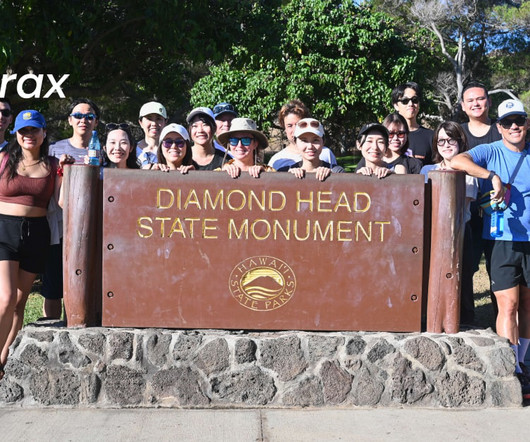Clara Shih, The Facebook Era, and Business Opportunities on Facebook
Sachin Rekhi
JUNE 22, 2009
Several months ago I had the opportunity to sit in on a guest lecture Clara Shih gave at the Stanford Seminar on People, Computers, and Design. After attending the seminar, I decided to read the book and wanted to share some of the key trends discussed and the business opportunities that arise from them.





















Let's personalize your content